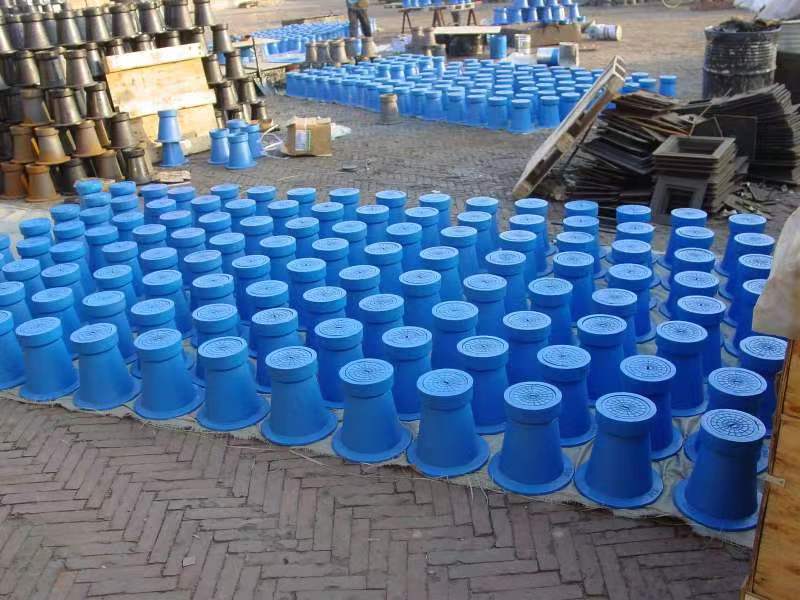butterfly isolation valve
Understanding Butterfly Isolation Valves An Overview
Butterfly isolation valves are essential components widely utilized in various industrial applications, ranging from water treatment facilities to chemical processing plants. Their design and functionality make them an invaluable asset for effective flow regulation, allowing seamless control over the passage of fluids. In this article, we will explore the construction, operation, applications, advantages, and maintenance requirements of butterfly isolation valves.
What is a Butterfly Isolation Valve?
A butterfly isolation valve is a type of quarter-turn valve that uses a rotating disc to control fluid flow. The valve consists of a circular disc attached to a shaft, which is positioned in the center of the pipe. When the disc is rotated, it either opens or closes the flow path. The simplicity of this design allows for quick operation, either fully open or fully closed, making it an ideal choice for isolation purposes.
Construction and Working Principle
Butterfly valves are primarily constructed from durable materials, such as stainless steel, cast iron, and PVC, depending on the application and the type of fluid being transported. The main components of a butterfly valve include the valve body, the disc, the stem, and the actuator. The body contains the disc, which pivots around a shaft.
The working principle is straightforward when the actuator, which can be manual or automated, turns the stem, it rotates the disc either perpendicular or parallel to the flow direction. In the closed position, the disc blocks the flow entirely, thus isolating the section of the pipeline for maintenance or other purposes. In the open position, the disc aligns with the flow, allowing for unrestricted passage of fluids.
Applications of Butterfly Isolation Valves
Butterfly isolation valves are utilized in various applications across multiple industries. Some of the notable uses include
1. Water Treatment Plants These valves are crucial for managing the flow of water throughout treatment processes, ensuring reliable operation during system maintenance.
2. Chemical Industries They help to control corrosive fluids, providing robust isolation capabilities.
3. Oil and Gas In petroleum transportation and processing, butterfly valves manage flow rates and help in system isolation.
4. HVAC Systems Butterfly valves are often used in heating, ventilation, and air conditioning to regulate air flow and temperature.
Advantages of Butterfly Isolation Valves
butterfly isolation valve

Butterfly isolation valves come with several advantages that make them a preferred choice
1. Compact Design Their construction enables a smaller footprint compared to other valve types, making them space-efficient.
2. Quick Operation With a quarter-turn operation, butterfly valves can be opened or closed rapidly, improving system responsiveness.
3. Minimal Flow Resistance The slim profile of the disc results in lower pressure drop across the valve, making them energy-efficient for fluid transport.
4. Cost-Effectiveness Their relatively simple design and lightweight materials contribute to lower manufacturing and installation costs.
5. Versatility Butterfly valves are compatible with various media, including liquids, gases, and slurries, making them adaptable to diverse applications.
Maintenance of Butterfly Isolation Valves
Despite their advantages, regular maintenance is crucial to ensure optimal performance over time. Key maintenance practices include
- Regular Inspections Frequent checks for leaks, disc wear, and proper sealing can help identify potential issues before they escalate.
- Lubrication The stem and actuator should be lubricated periodically to reduce friction and wear.
- Cleaning Ensuring that the valve is free from debris and buildup can prevent operational failures.
- Testing Periodically testing the valve’s operation helps verify its functionality and integrity.
Conclusion
Butterfly isolation valves play a vital role in modern industrial systems, providing efficient and reliable control of fluid flow. Their design, ease of operation, and versatility make them a popular choice across various applications. Understanding their construction, benefits, and maintenance requirements can help organizations maximize their utility, ensuring safe and efficient operations across myriad sectors. Whether in water treatment, chemical processing, or HVAC systems, these valves remain indispensable in the pursuit of effective fluid management.
-
The Smarter Choice for Pedestrian AreasNewsJun.30,2025
-
The Gold Standard in Round Drain CoversNewsJun.30,2025
-
The Gold Standard in Manhole Cover SystemsNewsJun.30,2025
-
Superior Drainage Solutions with Premium Gully GratesNewsJun.30,2025
-
Superior Drainage Solutions for Global InfrastructureNewsJun.30,2025
-
Square Manhole Solutions for Modern InfrastructureNewsJun.30,2025
-
Premium Manhole Covers for Modern InfrastructureNewsJun.30,2025
